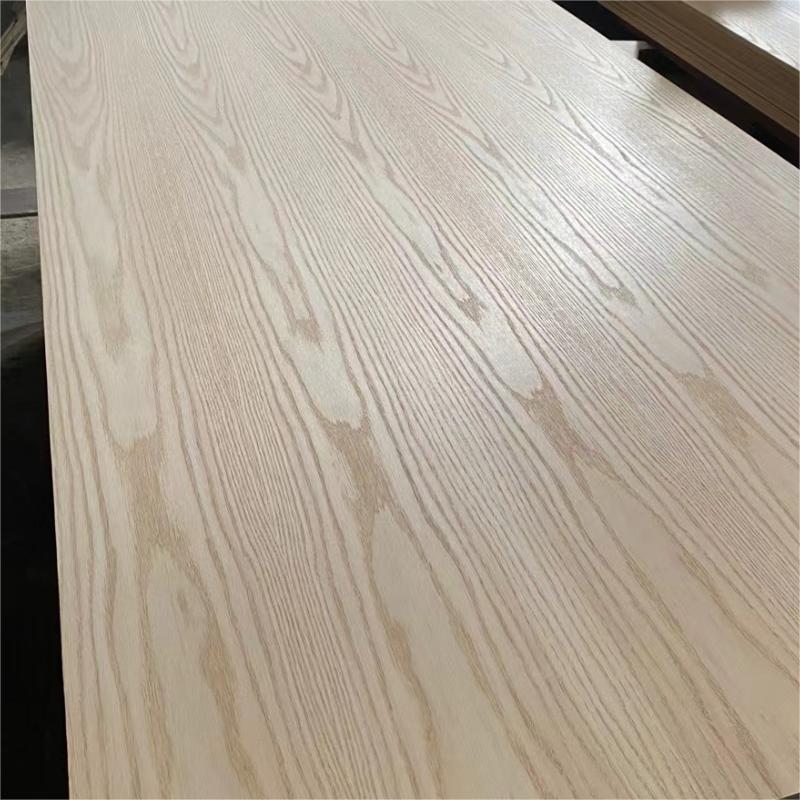Revealing the Actual Cost of Plywood Sheets: An Essential Buying Guide
By:Admin

Introduction:
In today's construction industry, plywood sheets have become an indispensable building material extensively used for a wide range of applications. From residential projects to commercial constructions, its versatility and strength have made plywood a go-to choice for architects and builders alike. However, recent market developments have led to a surge in the cost of plywood sheets, putting a strain on consumers' budgets. This article will delve into the factors contributing to the rising prices and the implications for the construction sector, while also taking a closer look at a leading plywood sheet manufacturer.
Market Trends Driving the Price Increase:
1. Raw Material Costs:
The primary factor behind the escalating prices of plywood sheets is the increase in the cost of raw materials. Plywood sheets are typically manufactured using various types of wood, such as birch, pine, or mahogany, which have seen a surge in demand due to their durability and aesthetic qualities. The rising cost of timber, combined with limited supply and stricter regulations on logging, has led to a significant increase in material costs for plywood manufacturers.
2. Supply Chain Disruptions:
Another contributor to the escalating prices of plywood sheets is the disruption in the global supply chain caused by the ongoing COVID-19 pandemic. Lockdown measures, reduced workforce, and transportation challenges have affected the production and delivery of plywood sheets, resulting in delays and scarcity. These supply chain disruptions have further added to the cost of plywood sheets as manufacturers struggle to meet the rising demand.
3. Increased Construction Activity:
The rapid growth of the construction industry, both in residential and commercial sectors, has significantly impacted the demand for plywood sheets. With the booming real estate market and increased infrastructure projects, builders now face intense competition for the limited supply of plywood sheets. As demand outpaces supply, the prices of plywood sheets naturally soar.
Company Spotlight: {Company Name and Introduction}
One of the industry-leading plywood manufacturers, {Company Name}, has been actively involved in catering to the rising demand while maintaining its commitment to quality and customer satisfaction. Specializing in the production of high-grade plywood sheets, {Company Name} has established itself as a reliable and innovative supplier in the construction market.
1. Commitment to Sustainable Practices:
{Company Name} has implemented sustainable practices throughout its manufacturing process. It adheres to responsible timber sourcing, ensuring the wood used for plywood sheets comes from well-managed forests. By prioritizing sustainable practices, the company aims to mitigate the environmental impact of its operations and contribute to the overall preservation of the ecosystem.
2. Vertical Integration and Quality Assurance:
{Company Name} operates with vertical integration, controlling the entire supply chain from timber procurement to the distribution of finished plywood sheets. This approach allows the company to maintain strict quality control measures at every stage and ensure that customers receive products of the highest standards. The integration of advanced technology and stringent quality checks contributes to the durability and reliability of {Company Name}'s plywood sheets.
Impacts on the Construction Sector:
The rising prices of plywood sheets have far-reaching implications for the construction industry:
1. Project Delays and Budget Overruns:
As the cost of plywood sheets continues to rise, construction projects face delays and budget overruns. Builders need to evaluate their budgets, often compromising on other crucial aspects of the project to accommodate the increased costs. Consequently, this can lead to delays in project completion and reduced profit margins for construction companies.
2. Affordability and Accessibility Concerns:
The increasing cost of plywood sheets has raised concerns about affordability and accessibility, particularly for small-scale contractors and homeowners. Affected by higher prices, construction projects may be put on hold or downscaled due to the financial burden, thereby impacting job opportunities and economic growth.
Conclusion:
The escalating price of plywood sheets, primarily driven by raw material costs, supply chain disruptions, and increased construction activity, poses significant challenges for the construction industry. Consumers are bearing the brunt of this price surge, with construction projects experiencing delays and budget constraints. However, companies like {Company Name} continue to prioritize sustainable practices and maintain their commitment to quality despite these challenging circumstances. As the industry adapts and innovates, stakeholders must work together to find viable solutions to ensure the accessibility and affordability of essential building materials like plywood sheets for future construction projects.
